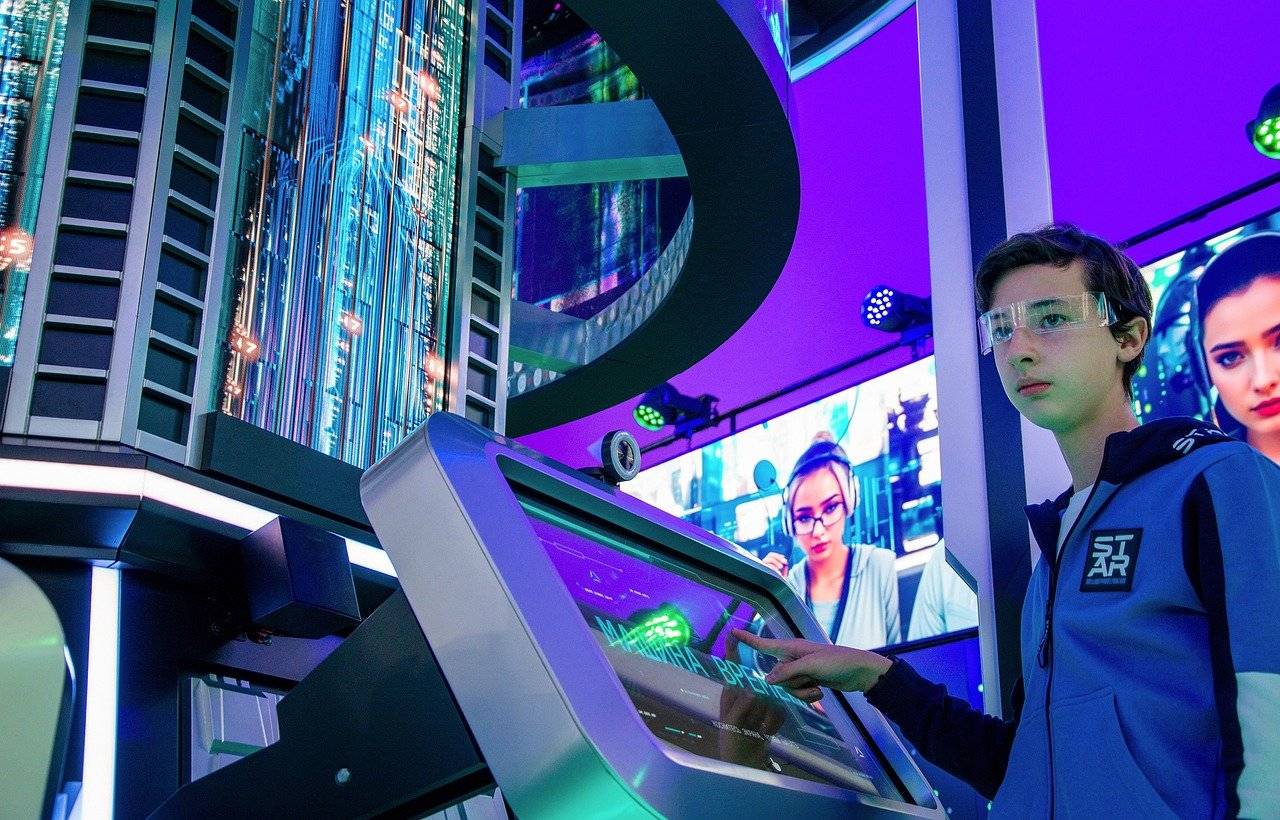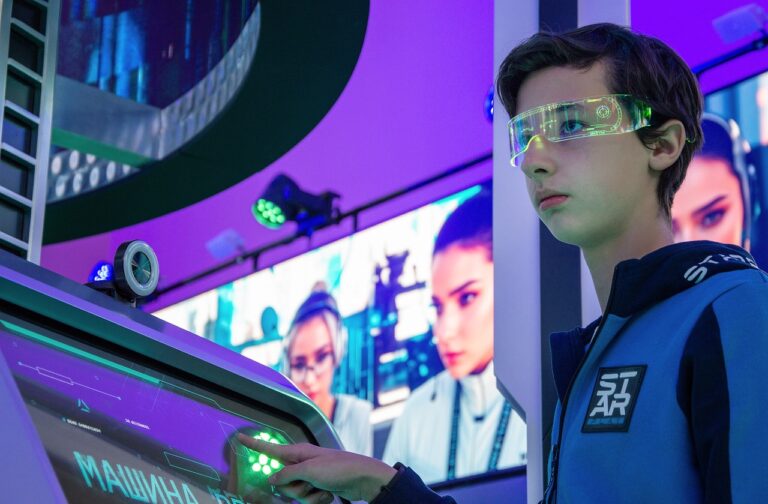The Impact of Virtual Reality in Education: Enhancing Learning Experiences
Virtual Reality (VR) technology has revolutionized the educational landscape by offering immersive and interactive learning experiences to students of all ages. One of the key advantages of incorporating VR in education is its ability to transport learners to simulated environments, allowing them to explore historical sites, delve into complex scientific concepts, or even practice real-life skills in a safe and controlled setting. This hands-on approach not only enhances students’ understanding of the subject matter but also fosters a deeper level of engagement and retention compared to traditional teaching methods.
Furthermore, VR has the potential to cater to diverse learning styles and abilities, making education more inclusive and accessible. By providing a multisensory experience that appeals to visual, auditory, and kinesthetic learners alike, VR can accommodate individual preferences and strengths, thereby improving the overall learning outcomes for students. Additionally, the interactive nature of VR fosters creativity, critical thinking, and problem-solving skills as students are encouraged to actively participate and make decisions within the virtual environment.
Applications of Virtual Reality in Classroom Settings
Virtual reality (VR) has found numerous applications in modern classroom settings, revolutionizing the way students learn and interact with educational content. Through VR technology, students can explore virtual environments that mimic real-world scenarios, allowing for a more immersive and engaging learning experience. For example, in history classes, students can virtually visit ancient civilizations or pivotal moments in time, bringing their lessons to life in a way that traditional textbooks cannot.
Moreover, VR in classroom settings enables students to actively participate in their learning process through interactive simulations and virtual experiments. Science classes can benefit greatly from this technology, as students can conduct experiments in a safe and controlled virtual environment, enhancing their understanding of complex scientific concepts. By providing hands-on learning experiences that are otherwise impossible in a traditional classroom setting, VR opens up new possibilities for educators to engage students and foster a deeper comprehension of the subject matter.
Engagement and Immersion in Virtual Reality Learning
Virtual reality (VR) allows students to step into a three-dimensional, interactive learning environment that enhances engagement and immersion. By putting on a VR headset, learners are able to explore virtual worlds that bring their educational content to life. This level of interactivity not only captures students’ attention but also encourages active participation in the learning process.
In a virtual reality setting, students have the opportunity to interact with the subject matter in a hands-on way that traditional classroom settings cannot replicate. This hands-on approach allows for a deeper level of understanding as students are actively involved in manipulating objects, exploring concepts, and solving problems within the virtual environment. Additionally, the immersive nature of VR helps students feel more connected to the material, leading to increased motivation and retention of information.





